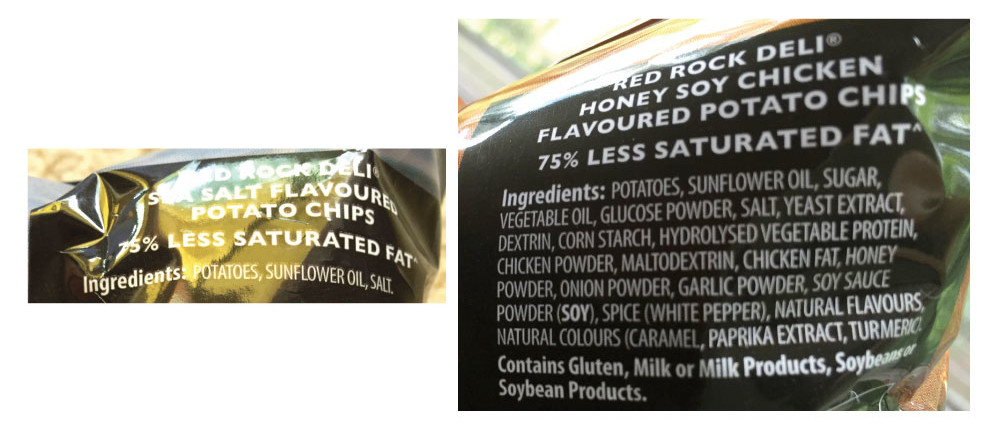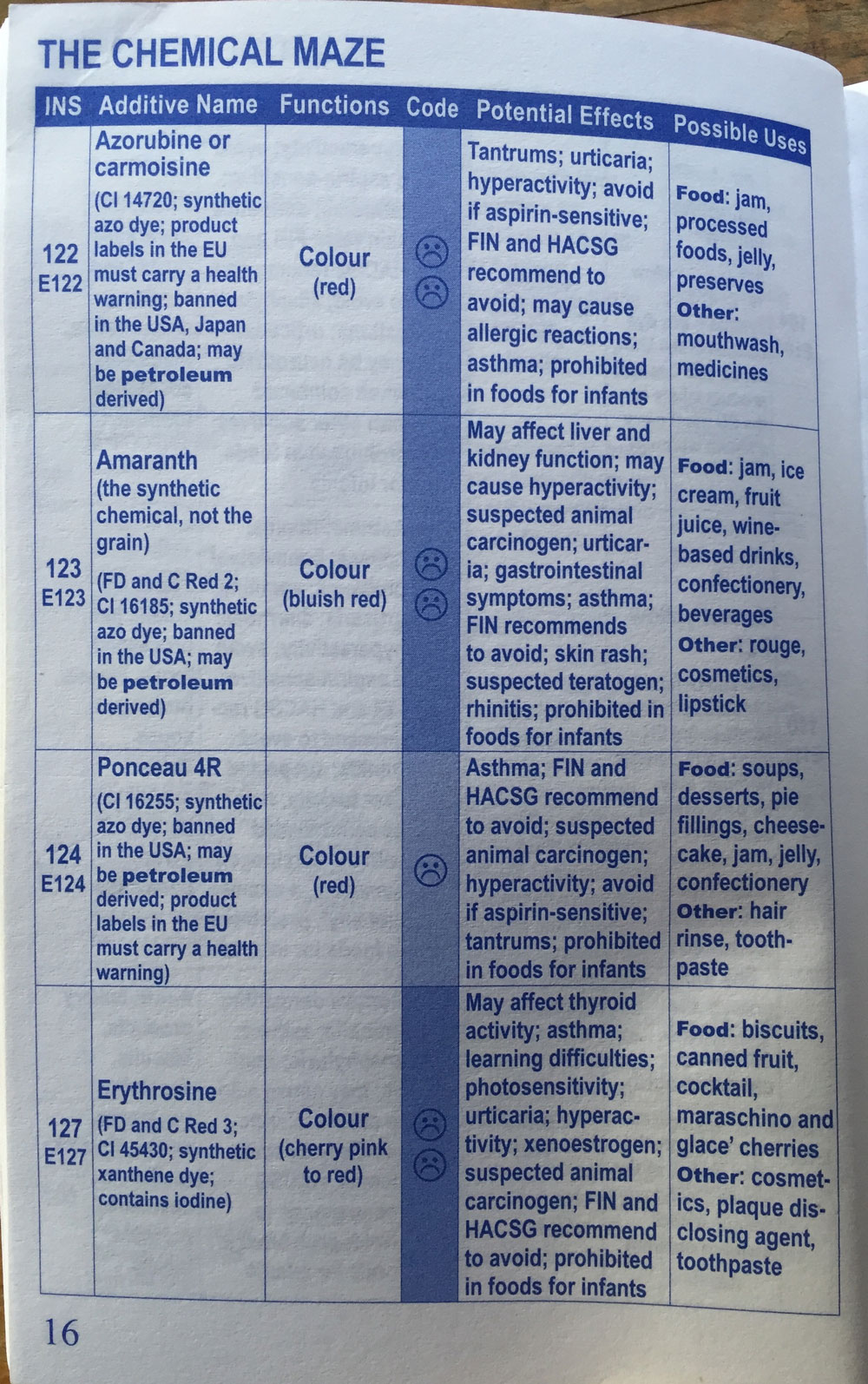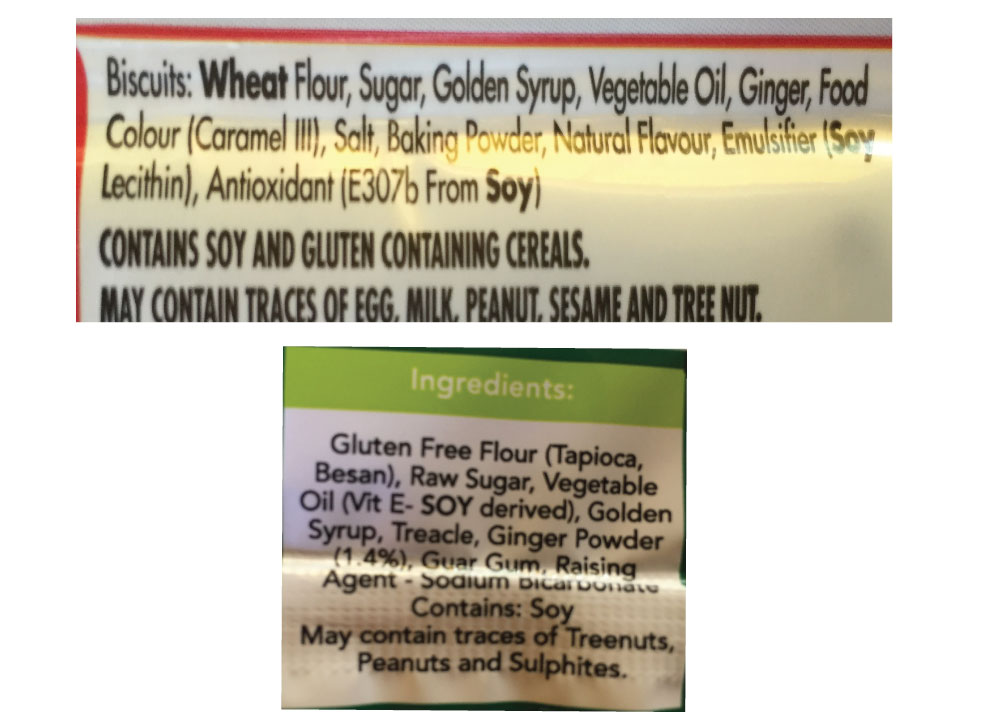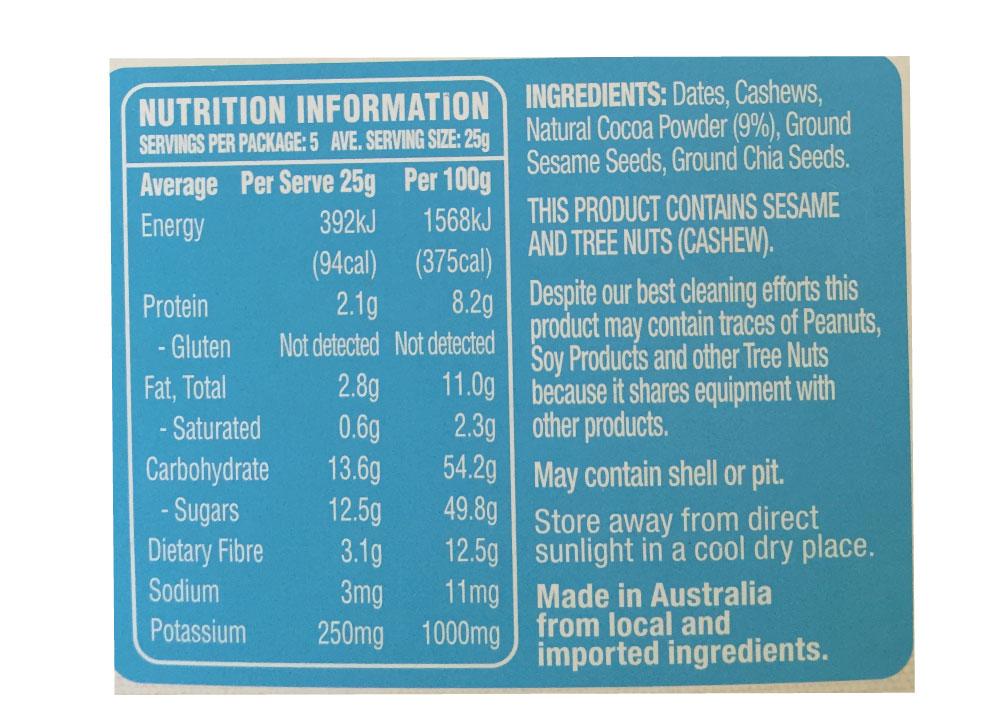I was asked to speak at Youi last week on a topic that I’m super passionate about. Ok, I don’t say this lightly guys…I’m SUPER passionate about this topic…in case you didn’t notice with a whole digital magazine devoted to it. Just sayin’.
Youi is an insurance company, the largest employer on the Sunshine Coast (where we live).
I was asked some really great questions and we covered the big and hairy topic of Food Labels, how to read and understand them. The more I researched, the more I found and the more I realised that there is no wonder we’re all so confused when it comes to understanding the food we buy and consume!
Unfortunately, I completely forgot to record the talk so can’t transcribe it for you here but let me summarise for you beauties below…
1. If it’s packaged, try to avoid!
I know you’re thinking, impossible! And yes, I concur…pretty much impossible in this world and society we’ve chosen to live in. Things like rice, quinoa and butter are not things you’re going to make or farm yourself, most likely. What we’re referring to here are things like chips, cookies, sauces, powders etc. But the preference is, make it yourself or have less of it if you must buy.
2. When buying packaged foods, go for less ingredients.
Generally, the less ingredients, the less chance for those strange processed maltodextrins, humectants, ‘natural flavours’ and emulsifiers getting into your system! Here’s an example below, one is plain chips, the other ‘honey soy chicken flavoured’ chips. Take a wild guess which one is going to be the better option.

3. Avoid numbers!
I know you may have heard that some numbers are ok and some are not. Let’s be realistic for one moment. Let’s just momentarily pop on over to the common sense corner…you know the corner we generally avoid when our taste buds are involved in decision making. Since when do you go to a farm or organic restaurant and order a 621 or 123 sandwich please? Let’s be clear here. If it’s been processed to any level, changing the foods’ chemistry, shape or form in anyway, it will be assigned a number and will no longer be classed as natural.
If you don’t know what it is and if you’re not sure on how to recreate it, then avoid it.
The numbers 122 and 123 are banned in the USA and if it appears in food in the EU, it must also carry a health warning. These numbers still appear in common Australian brands like the red flavoured Schweppes drink, pink marshmallows and so much more. Please, check labels before giving these ‘foods’ to your children.

Excerpt taken from The Chemical Maze by Bill Statham, 2013.
4. Hidden sugars
Sugar is natural. Sugar is needed for life. In fact, the brain feeds on sugar and sugar alone. Without it, we’d die. I love sugar and so do you. But it’s SO incredibly important to understand the basics of the beloved nectar of life. I could write pages and pages on the topic and really only be scratching the surface so I’m going to just give you the basics.
- There are three types of sugars, glucose, sucrose and fructose. All are good for you in their natural form. It’s when they go through processing when the difficulty arrives.
- Most sugars, both natural alternatives like coconut sugar, honey, maple syrup etc are processed by the body in the same way as bleached white sugar, high fructose corn syrup etc. It’s the nutrients that come with the sugar that counts. Honey in it’s raw form has so much nutrition and minerals in it as opposed to processed sugars which are just pure sugar.
- Sugar in it’s natural form is good for you – fruits, vegetables, low processed grains etc. They come perfectly packaged with all the fibre and goodness your body needs to determine it’s had enough. You could drink a can of coke and still be hungry OR have one apple or banana and be done and yet you’ve consumed a third of the sugar contained in coke.
- When you consume more sugar than your body can use up in energy STRAIGHT AWAY, it gets stored as fat. Yes, it’s true.
- Humans have been around for approximately 200,000 years, and only in the last few centuries have we discovered the concept of eating sugar in it’s pure form, separate from the natural fibre that comes from fruits etc. The only time our ancestors were able to enjoy the sweet rush of sugar was from raw honey only available seasonally and would have to contend with bees every time to get it. Never in history have we been exposed to the insane amounts of sugar we are now.
- Sugar can be hidden in almost all packaged foods as: sugar, fructose, glucose, sucrose, rice syrup, syrup, golden syrup, treacle, maltodextrin, raw sugar, etc. It won’t appear just once, it can appear numerous times and they all count towards the sugar intake.

Alternatively, you could find something that has a super high quantity of sugar on the label but no actual sugar in the ingredients. In this example below, the sweetness is derived from the dates so although the sugar content appears high, you are likely to only consume one serving and your body is happy because it recognises the food as being truly natural complete with fiber and nutrition it needs.

5. Hidden MSG
Ok, before we get our knickers in a knot about the topic of MSG and flavour enhancers, just remember that monosodium glutamate was first discovered in the early 1900’s by a Japanese man by the name of Ikeda wishing to bottle the delicious sixth taste of Umami flavour he noticed only really existed in mushrooms, cheese, tomatoes and meat. Long story short (here’s the long story), he was able to determine the chemical compound of Umami and patent and sell it as MSG through a process of boiling seaweed. Before long, he noticed that you could create this flavour sensation by breaking down the molecules of almost any protein, and not just seaweed. Over the last century, you can imagine what manufacturers have done with the concept. I can only imagine.
So back in the day, there was never anything inherently wrong with MSG and people loved it as an extra condiment, adding depth and deliciousness to food (kind of like salt?). Now however, after the bad PR MSG received after the ‘Chinese Restaurant Syndrome‘, manufacturers are disguising the ingredient under many different names like yeast extract, hydrolised vegetable protein and of course the number 621 or any of the 600’s for that matter.
And…I want to devote a whole paragraph to the incessant ‘natural flavour’ that seems to haunt me no matter what package I read. Do you even know what natural flavour is? Let’s take an excerpt from Eric Schlosser, author of Fast Food Nation:
A natural flavor is not necessarily healthier or purer than an artificial one. When almond flavor (benzaldehyde) is derived from natural sources, such as peach and apricot pits, it contains traces of hydrogen cyanide, a deadly poison. Benzaldehyde derived through a different process — by mixing oil of clove and the banana flavor, amyl acetate — does not contain any cyanide. Nevertheless, it is legally considered an artificial flavor and sells at a much lower price.
Natural and artificial flavors are now manufactured at the same chemical plants, places that few people would associate with Mother Nature. Calling any of these flavors “natural” requires a flexible attitude toward the English language and a fair amount of irony.
Keep in mind that we all live and come from this planet. So everything on it can technically be called ‘natural’. In other words, natural flavour can also be used to describe MSG even if it no longer contains or resembles anything we would consider natural.
So please think twice when buying packaged foods for your children with the term ‘natural flavour’ on it.
There are a lot of negatives associated with MSG like weight gain (they actually give it to mice to fatten them up for studies – here’s just one from 1976) and headaches, heart palpitations and the list goes on.
The point I’m trying to make is, avoid processed foods like MSG when you can but the stress associated with eating it by accident or for a craving is probably more harmful. So take it easy on yourself.
6. TAKE IT EASY!
So, the message is, avoid processed foods, make it yourself if you can. If not, do your best to avoid numbers and ingredients that don’t make sense to you. But at the end of the day, enjoy life, live with peace and joy. Yes, we know processed is not good but don’t judge others who may be doing something you deem to be unworthy in this moment of your life. You were very likely like them just a few weeks or months ago and they will be on a different path soon too. It’s not within your rights to judge whether what someone else is doing right or wrong. You can only lead by example.
Stress can be so incredibly damaging and there are a myriad of studies to support the notion of stress on a persons health. The neuropeptides that your body releases due to mental and emotional stress are much more damaging than a chip with MSG so chill out!
Let me know what you think below and share any knowledge you have on the topic that has moved you to positive action in your life.
Subscribe Today!
Join 1000’s of mama’s who are creating the best possible health for their families and their little happy souls.

